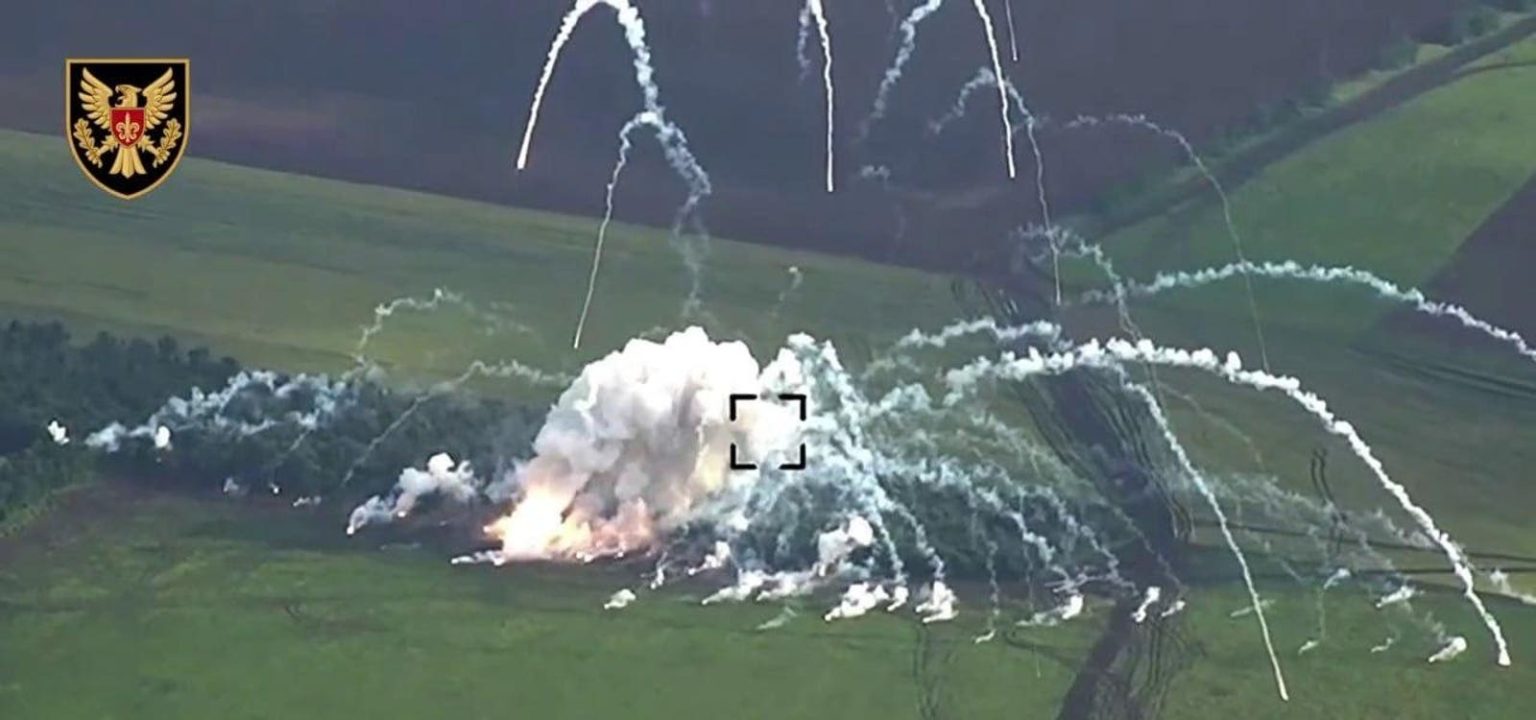When Ukrainian forces led by the high-tech 47th Mechanized Brigade attacked Russian positions in Zaporizhzhia Oblast in southern Ukraine in early June, they immediately ran into unexpectedly dense Russian minefields.
In five months of hard fighting, the Ukrainians advanced just 10 or a dozen miles along three main axes, liberating some key settlements and even breaching the outermost line of the main Russian fortification in Zaporizhzhia.
But they did it while defying historical precedent. Traditionally, an attacking force should expect to lose three times as many troops and weapons as the defending force loses. Instead, in Zaporizhzhia, the Ukrainians fought the Russians to a draw.
Meanwhile, in eastern Ukraine’s Donetsk Oblast, a very different fight raged. Starting on Oct. 10, a multi-brigade Russian force under the 2nd Combined Arms Army attacked toward Avdiivka, a Ukrainian stronghold garrisoned by the 110th Mechanized Brigade and, later, the redeploying 47th Brigade.
In the first four weeks of their Avdiivka campaign, the Russians lost 14 times as many vehicles as the Ukrainians did. Like the Ukrainians in Zaporizhzhia, the Russians in Donetsk defied history. But they defied it by suffering much greater relative losses than attacking armies usually do.
Open-source intelligence analysts—who tally losses on both sides of Russia’s 22-month wider war on Ukraine by scouring social media for photos and videos of destroyed, damaged, abandoned and captured hardware—have counted, through Nov. 10, 518 Ukrainian vehicle losses in Zaporizhia versus 600 Russian losses. In and around Avdiivka through Nov. 10, the same analysts have counted 16 Ukrainian vehicle losses versus 221 Russian losses.
The breakdown in losses is uneven. In the south, the Ukrainians lost a lot of armored trucks—which they use for infantry assaults—while the Russians lost relatively more tanks and supply trucks. The tanks fell victim to Ukrainian drones and artillery; the trucks got plinked while convoying along Russia’s increasingly fragile supply lines.
In the east, the dug-in Ukrainians lost just a handful of vehicles—including one of the 47th Mechanized Brigade’s rare Leopard 2A6 tanks—while the Russians lost a lot of everything. Especially tanks and infantry fighting vehicles, which the 2nd Combined Arms Army repeatedly has sent rolling toward Ukrainian defenses in brazen, and doomed, frontal assaults.
How Ukrainian forces held down their losses isn’t hard to understand. Learning from the disastrous early assaults in June, commanders slowed the pace of their attacks—carefully preparing each battlefield with artillery and drones before flanking Russian positions.
The Ukrainian counteroffensive has advanced just 10 miles or so along its main southern axes because Ukrainian forces have been cautious. The Russian countercounteroffensive around Avdiivka, by contrast, has been anything but cautious.
Ukrainian commanders clearly care whether their forces suffer losses in battle. Russian commanders clearly don’t care. Whether this disparity actually matters to the war’s outcome is hard to say.
Read the full article here





